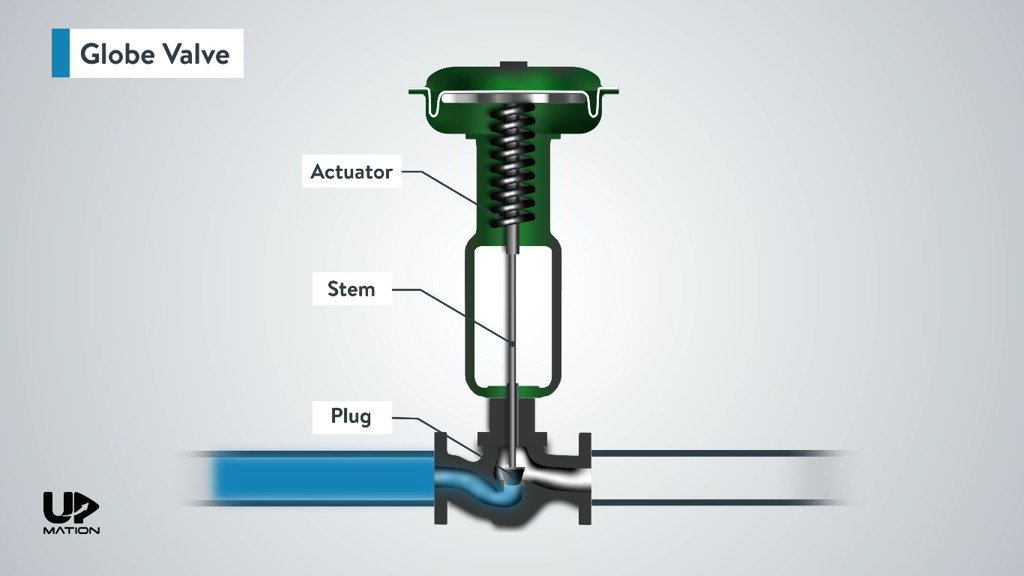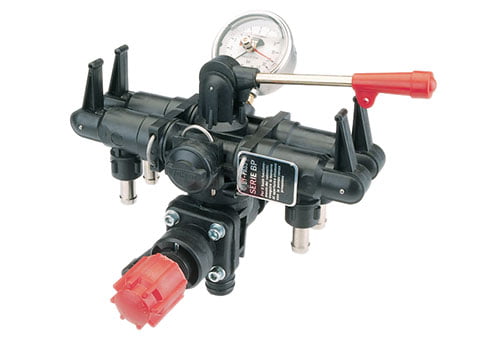Innovative Control Valves: Enhancing Precision and Reliability
Innovative Control Valves: Enhancing Precision and Reliability
Blog Article
Achieve Seamless Integration and Control With High Quality Building Automation Controls
In the realm of contemporary structure monitoring, the relevance of high quality structure automation controls can not be overemphasized. Welcoming quality structure automation controls is not simply a matter of convenience however a calculated imperative for companies intending to enhance their facilities' performance and sustainability.

Evolution of Building Automation Controls
Throughout the past few decades, the evolution of building automation controls has substantially changed the means buildings are handled and operated. Developing automation systems largely focused on standard functions such as managing home heating, air, and ventilation conditioning (COOLING AND HEATING) systems. As technology advanced, these controls have ended up being more sophisticated, enabling for a larger range of building systems to be integrated and taken care of centrally.
The advancement of developing automation controls has seen a shift towards more intelligent systems that can adjust to transforming problems in real-time. This adaptability is critical for maximizing power performance and making certain passenger convenience. In addition, modern-day structure automation controls currently supply attributes such as anticipating maintenance, remote monitoring, and information analytics, enabling facility managers to make data-driven decisions to enhance building performance.

Advantages of Top Quality Assimilation
The improvement in structure automation manages towards more smart systems has emphasized the considerable advantages of high quality integration in optimizing building operations and enhancing overall efficiency. Quality assimilation of building automation controls supplies a number of essential advantages. It leads to enhanced energy effectiveness by permitting various systems to function with each other perfectly, making sure optimum performance and minimizing energy wastefulness. Top quality assimilation boosts passenger convenience and productivity by making it possible for personalized control over environmental settings like temperature level, lights, and air quality. This customization can cause a much more comfy and helpful working or living setting. Furthermore, high quality integration simplifies upkeep and repairing procedures, as all systems are adjoined and can be kept track of and controlled from a central user interface. This centralized control additionally provides better visibility and insights right into building performance, allowing aggressive upkeep and optimization approaches. Generally, the advantages of high quality combination in building automation controls are obvious, supplying boosted effectiveness, comfort, and operational effectiveness.
Improved User Experience and Ease Of Access
Enhancing customer interaction with building automation regulates with user-friendly layout and boosted ease of access elevates the general experience for residents and center managers alike. By concentrating on customer experience, constructing automation systems can end up being much more effective and easy to use. Instinctive interfaces, clear navigation, and customizable settings equip users to interact with the controls easily and effectively.
Ease of access features play a vital function in making sure that all people, consisting of those with specials find more needs, can make use of the structure automation controls with ease. Including functions such as voice commands, tactile buttons, and color-contrasted screens can improve ease of access and make the controls more inclusive.
Furthermore, boosted individual experience brings about higher user satisfaction, raised efficiency, and better decision-making. Occupants can adjust ecological settings according to their preferences, while center managers can efficiently keep track of and handle structure systems - control valves. On the whole, focusing on user experience and access in structure automation regulates contributes to an extra effective and smooth building environment for all stakeholders included
Lasting Practices Via Automation

Additionally, automation can help with the assimilation of renewable resource resources such as photovoltaic panels or wind turbines into structure procedures. By automatically readjusting energy usage based upon the availability of renewable resource, buildings like it can additionally lower their dependence on non-renewable resources. This smooth assimilation of sustainable practices not just profits the atmosphere yet likewise improves the overall operational effectiveness and cost-effectiveness of the building. Via automation, buildings can align with contemporary sustainability objectives and add to a greener future.
Future Trends in Building Control Systems
In anticipation of advancing and progressing innovations sustainability methods, the trajectory of structure control systems is positioned to accept transformative approaches and innovative remedies. One famous fad shaping the future of building control systems is the raised assimilation of Artificial Knowledge (AI) and artificial intelligence. These modern technologies enable buildings to adjust in real-time to transforming problems, optimizing energy usage and enhancing comfort for owners. Additionally, the Internet of Points (IoT) is revolutionizing building control systems by connecting sensors and tools to boost and enhance procedures effectiveness.
One more crucial pattern is the focus on cybersecurity steps to protect against possible hazards to constructing automation systems. As structures end up being much more interconnected, guaranteeing durable cybersecurity methods will be vital to guard delicate information and avoid unapproved gain access to.
In addition, the shift towards cloud-based systems is gaining momentum, enabling systematized control and remote access to structure systems. This helps with less complicated surveillance, upkeep, and updates, boosting the general efficiency and flexibility of building control systems. As innovation continues to breakthrough, these trends are expected to shape the future landscape of structure automation controls, driving advancement and sustainability in the built atmosphere.
Conclusion
Future trends in building control systems are most likely to focus on additional improving automation abilities for boosted power performance and overall performance. It is necessary for structure owners and operators to prioritize the adoption of quality building automation manages to maximize building operations and attain long-lasting sustainability goals.
In the world of modern structure administration, the value of quality building automation controls can not be overstated. Generally, the advancement of structure automation regulates proceeds to drive development in the building management sector, providing new opportunities for creating smarter and more sustainable structures.
The advancement in structure automation controls in the direction of more smart systems has actually emphasized the substantial benefits of top quality assimilation in optimizing structure operations and boosting general efficiency. Generally, focusing on you could look here individual experience and ease of access in structure automation regulates contributes to a more efficient and seamless building setting for all stakeholders involved.
It is necessary for structure owners and operators to focus on the adoption of high quality building automation controls to enhance structure operations and accomplish long-term sustainability objectives. - control valves
Report this page